How do you use high-speed sync? When would you use it? How do you set it up? These questions will all be answered by the end of this 5.5-minute video and the article below.
What is It?
High-speed sync is the ability to sync your strobes to a camera when the shutter speed is set faster than 1/200 of a second. That’s basically all it is.
When to Use It
You would use high-speed sync when you have a very bright background and your subject is in the shade. I want a wide aperture because I want the depth of field to be shallow. If I’m wide open at aperture f/2.8, that means that my shutter speed should be at 1/800th of a second at least. But you won’t be able to sync your strobes that high unless you have high-speed sync.
What to Do
So what do I do about this if I don’t have high-speed sync? Well, you can put your model out in the sun and you won’t have a problem syncing up your strobes, but then your model will look bad because well, it’s bad light.
The only way to have your subject be properly exposed while having them in the shade is to use high-speed sync. Since you’ll have more control of the light on her face in the shade, this is the ideal place to be if you’re on location or outside. You wouldn’t be able to do this without high-speed sync because the background exposure is brighter than 1/200th of a second.
Focal Plane Shutter
With your camera, it takes a picture of your sensor on a plane. When you are using strobes, your sensor is able to take a picture of the entire plane, giving you your exposure. When you go to higher shutter speeds, your focal plane is smaller. Therefore, the sensor is only capturing part of the image. When you’re at very high speeds without high-speed sync on your strobe, you will only get a small sliver of an exposure. Maybe the eyes or something. It would look like she’s in Venetian blinds!
What is High-Speed Sync
In order to compensate for the focal plane shutter, strobes will begin to pulse after 1/200th of a second. What that means is it will pulse at every interval of the focal plane shutter.
Now when we are in direct sun, and our subject is in the shade, we will be able to shoot at aperture f/2.8 and a very fast shutter speed to compensate.
These are what images will look like if you’re in direct sun:
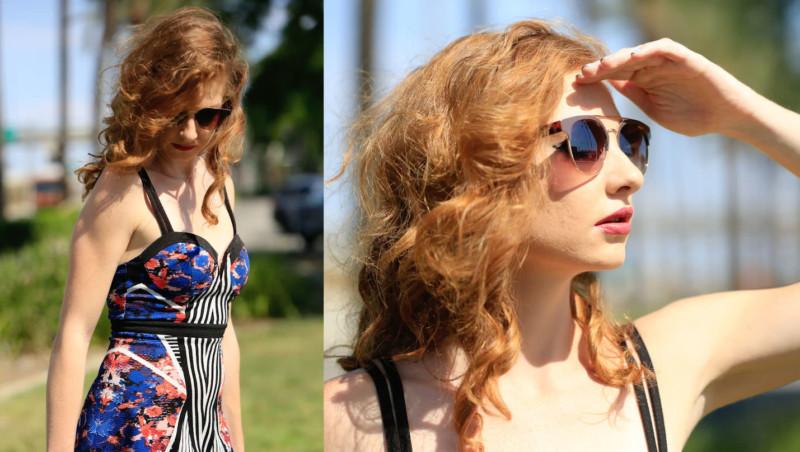
It looks ok, but I don’t have any control over what the sun is doing to our model.
Getting in the Shade
Now I’m going to put my model in the shade. My first exposure will be for the background because remember, we will be using the strobes with high-speed sync to expose for our subject.
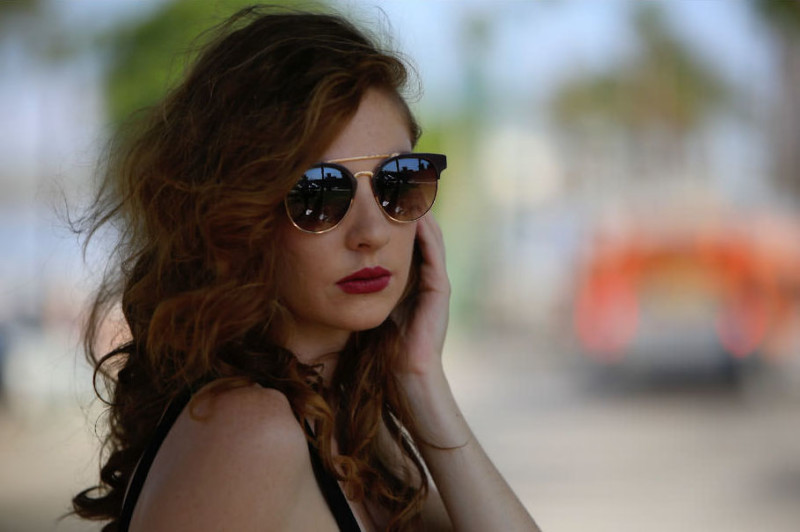
The background is where I need it to be but my subject is underexposed. So this second exposure will be for my model.
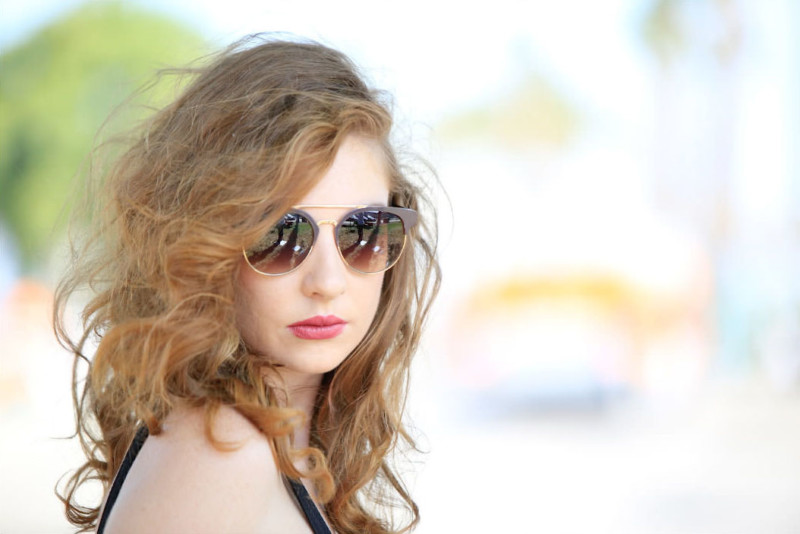
So now I have to use my strobes to balance these two images.
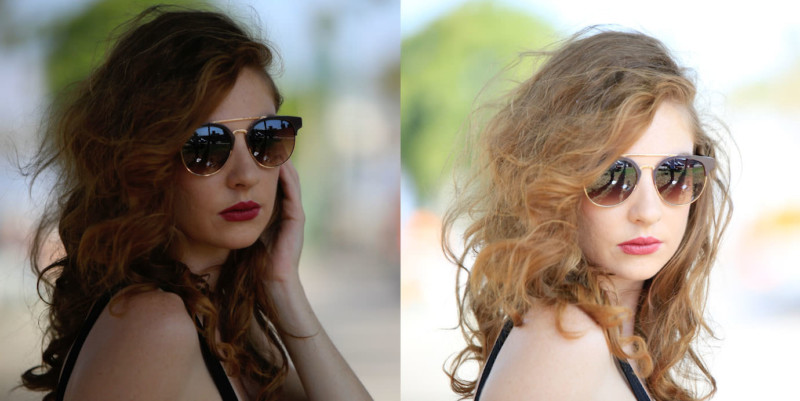
How to Set Up High-Speed Sync
To set up high-speed sync on the Baja (the monolight I’m using), I’ll hold down the high-speed sync button on the receiver.
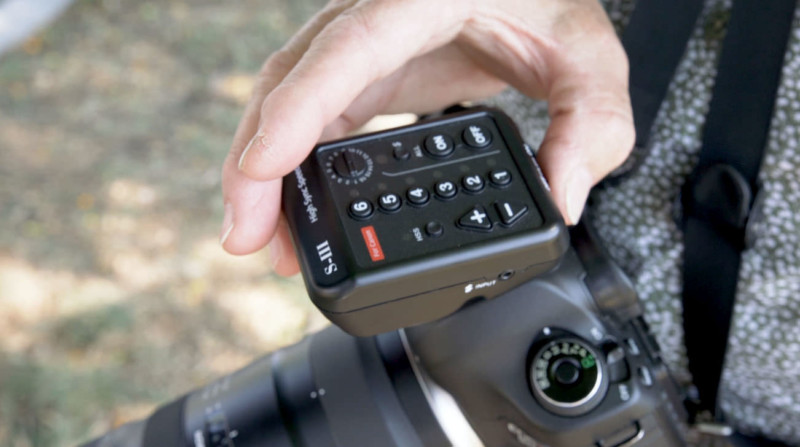
Then on the back of the Baja, I’ll press the high-speed sync button and adjust the power of the strobe.

We’re going to start off with H7 and see what we get!

That’s our exposure at H7. It’s way too bright, so I’m going to dial it down to H4.
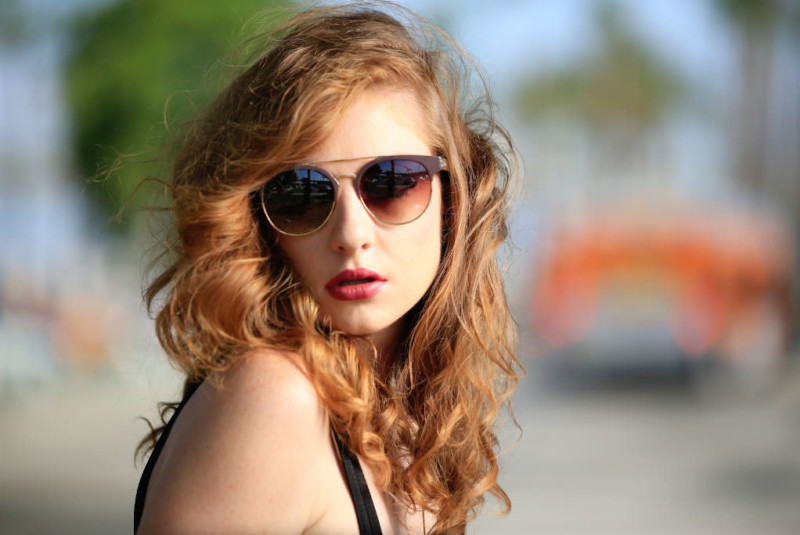
This is getting closer to what we want, but it’s still a little too bright. So we’ll go down to H3.
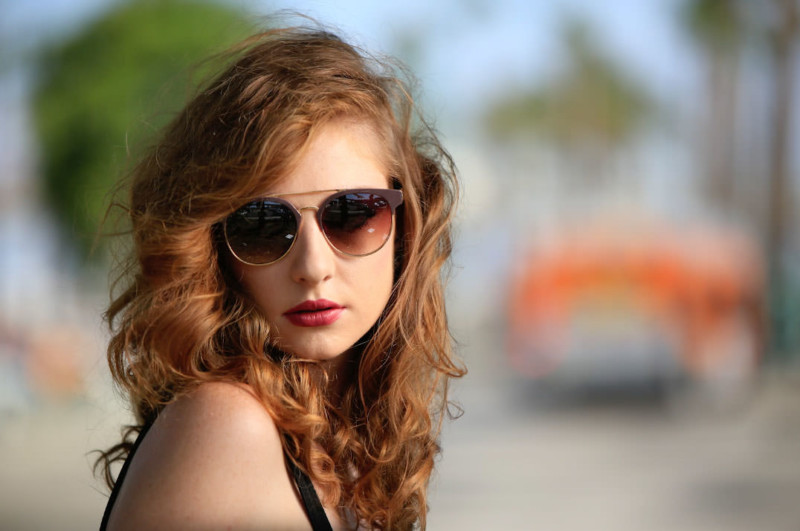
Here is our exposure at H3. That looks great!! It’s a creative decision at this point what you want to do from here. Do you want your background to be brighter or darker than your subject?
So play around with it a little! Here are some images we got…
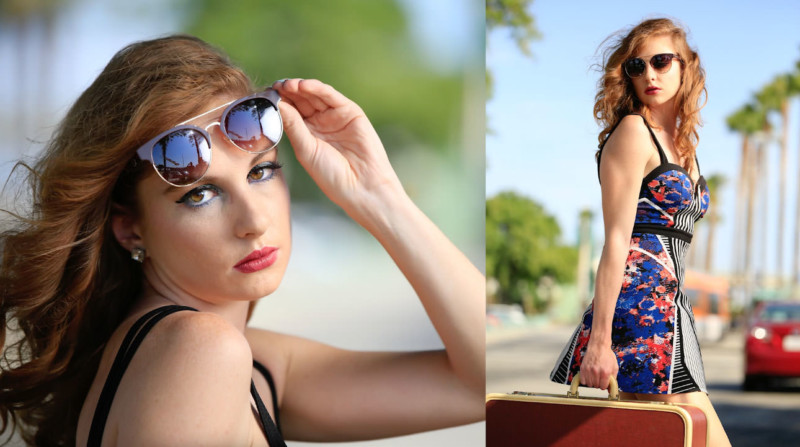
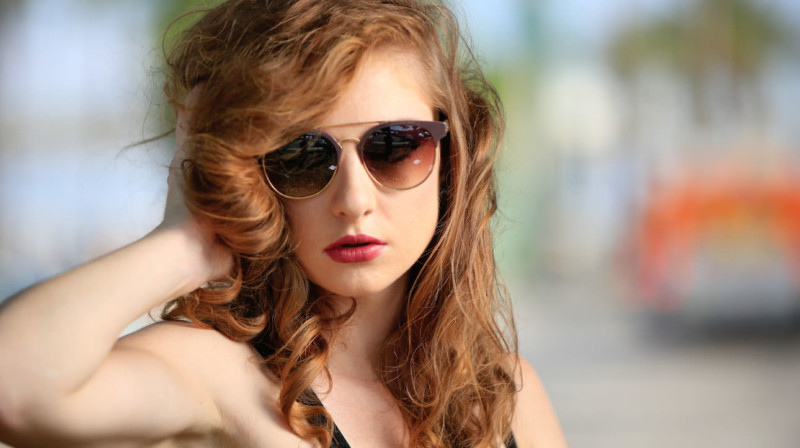
Final Thoughts
Set your shutter and dial your strobes to match it. That’s the secret to high-speed sync. When you change your shutter, redial your strobes to match it. This is all based on the principle that whatever you set your aperture to be is not changing. Keep your aperture constant so you get the depth of field you want, and adjust your shutter until the background looks right.
High-speed sync lets you be creative in high contrast situations when you’re dealing with harsh light. You can also use this concept whenever you’re shooting at a high shutter speed.
Check your platform to see how high-speed sync works on it since this tutorial was based on the Baja monolight.
About the author: Jay P. Morgan is a commercial photographer with over two decades of experience in the industry. He teaches photography through his company, The Slanted Lens, which runs a popular YouTube channel. This article was also published here.